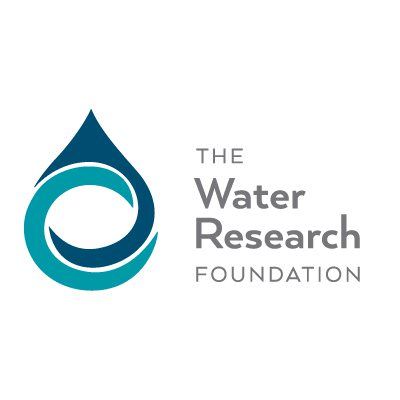Research to Reduce Cost, Energy Use, and Carbon Footprint in Wastewater Treatment
Published on by Water Network Research, Official research team of The Water Network in Technology
The Water Environment & Reuse Foundation (now known as The Water Research Foundation) recently awarded a contract to the University of Michigan to begin Next Generation Anaerobic Membrane Bioreactor Development Utilizing 3D-Printing (U2R15).
Sustainable water management is important for utilities and is driving efforts to reduce energy consumption and residuals production in domestic wastewater treatment without compromising effluent quality (Daigger, 2009).
 The overall project goal is to develop a novel AnMBR to achieve low cost domestic wastewater treatment with net positive energy and net greenhouse gas emission reductions.
The overall project goal is to develop a novel AnMBR to achieve low cost domestic wastewater treatment with net positive energy and net greenhouse gas emission reductions.
The pilot will develop an AnMBR that relies on biofilm formation within the bioreactor, using 3D printing to develop biofilm units that can be manufactured quickly.
Membrane bioreactors have become increasingly popular for domestic wastewater treatment because they provide a higher quality effluent.
Anaerobic membrane bioreactors (AnMBRs) have the ability to treat domestic wastewater like conventional aerobic treatment technologies, with short hydraulic retention times and small physical footprints, while generating biogas that can be used for energy production and producing low amounts of biosolids.
The overall research goal is to develop a novel AnMBR to achieve low cost DWW treatment with net positive energy and net GHG emissions reductions, both of which are unachievable with conventional AnMBRs operating in temperate climates.
The research has three main objectives:
- Design, fabricate, and evaluate 3D-printed biofilm units for a novel AnMBR
- Reduce hydraulic retention time and temperature
- Conduct life cycle cost and life cycle environmental assessment
Transitioning to an anaerobic treatment paradigm provides the opportunity to substantially decrease energy consumption for aeration and reduce biosolids production and associated biosolids treatment expenses. The technological outcomes will focus on maximizing treatment performance and membrane flux to obtain net negative greenhouse gas emissions and an energy positive operation.
The project is expected to be completed 2019.
Source: WERF
Media
Taxonomy
- Treatment
- Reclaimed Wastewater
- Technology
- Wastewater Treatment
- Wastewater Collection
- Water Utility